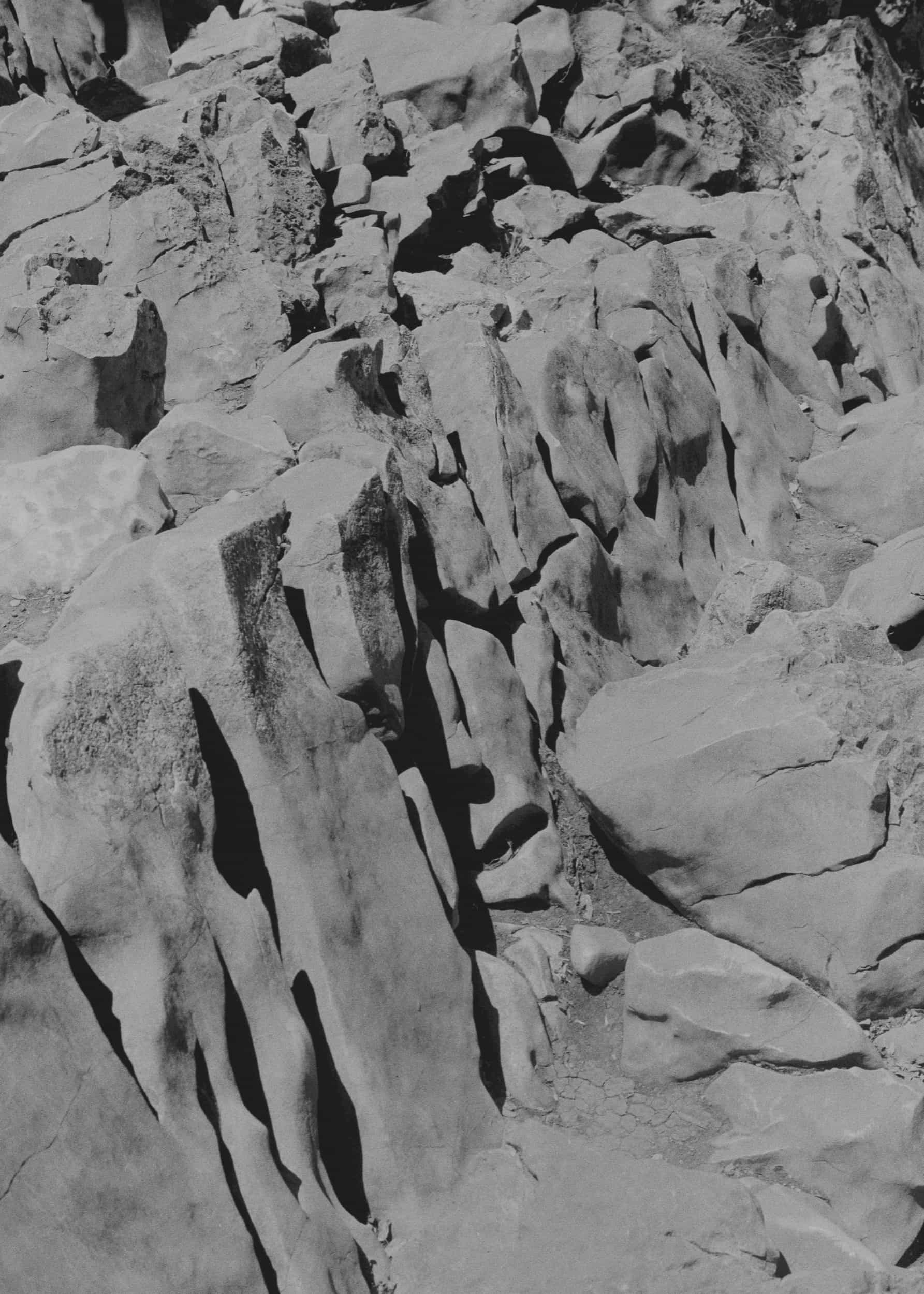№007 05032023
His work explores aspects of religious belief, mysticism and phenomenology and aims to understand how photography can be used to communicate such themes.
Michael’s in-progress body of work, An Ascension, explores his relationship to his same-sex partner and how his Catholic education as a child impacted on the way he navigated his sexuality.
An Ascension was selected as the winner of the PhotoLux InTarget Award 2022. His previous body of work, Noema (2018-20), follows the search for the Virgin Mary’s presence in two locations in which she has reportedly been seen; the project was shortlisted for the PHmuseum Photography Grant 2021, the ISSP SELF PUBLISH RIGA Dummy Award 2021 and awarded runner up for the Landskrona Artist Residency.
Michael Swann
Michael Swann is a photographic artist based in Bristol (UK). In 2020 he was selected as one of BJP’s Ones to Watch and nominated for the Futures Photography talent platform.His work explores aspects of religious belief, mysticism and phenomenology and aims to understand how photography can be used to communicate such themes.
Michael’s in-progress body of work, An Ascension, explores his relationship to his same-sex partner and how his Catholic education as a child impacted on the way he navigated his sexuality.
An Ascension was selected as the winner of the PhotoLux InTarget Award 2022. His previous body of work, Noema (2018-20), follows the search for the Virgin Mary’s presence in two locations in which she has reportedly been seen; the project was shortlisted for the PHmuseum Photography Grant 2021, the ISSP SELF PUBLISH RIGA Dummy Award 2021 and awarded runner up for the Landskrona Artist Residency.
NOEMA. In 1961, in the small Spanish village of San Sebastian de Garabandal, four young girls had an apparition of the Virgin Mary. They entered a state of ecstasy in which they became completely unaware of their surroundings and sensory perceptions.
Reportedly, witnesses would pinch the girls, pierce their skin with needles, lift them up and drop them onto rough rocks, and yet they remained entranced. The light and presence of the Virgin is all they claim to have experienced. Twenty years later, in the town of Medjugorje, Bosnia & Herzegovina, six children also had simultaneous visions of the Virgin, with similar ecstatic qualities.
“Noema” is a body of work that investigates the aura of place and religious experience by searching for signs of the Virgin Mary’s presence in these two locations. Alongside original photographs made at both sites, Noema also includes large-scale images that have been appropriated from video footage of the visionaries taken during their apparitions. These emphasise the impenetrability of the individual religious and phenomenological experience, and speaks to the separation between what is apparently being seen and what is photographable.
The German phenomenologist Edmund Husserl used the term ’noema’ to refer to the object of a perception as it forms within our consciousness; distinct from the act of perceiving and the real-world subject being perceived.
To Husserl, even an apparition or hallucination contains a noema, as the seer experiences an impermanent object in their consciousness regardless of its existence in the real world. This series aims to create a collective noema of the Virgin Mary through the use of various signifiers associated with her and esoteric imagery made in the two locations.
Reportedly, witnesses would pinch the girls, pierce their skin with needles, lift them up and drop them onto rough rocks, and yet they remained entranced. The light and presence of the Virgin is all they claim to have experienced. Twenty years later, in the town of Medjugorje, Bosnia & Herzegovina, six children also had simultaneous visions of the Virgin, with similar ecstatic qualities.
“Noema” is a body of work that investigates the aura of place and religious experience by searching for signs of the Virgin Mary’s presence in these two locations. Alongside original photographs made at both sites, Noema also includes large-scale images that have been appropriated from video footage of the visionaries taken during their apparitions. These emphasise the impenetrability of the individual religious and phenomenological experience, and speaks to the separation between what is apparently being seen and what is photographable.
The German phenomenologist Edmund Husserl used the term ’noema’ to refer to the object of a perception as it forms within our consciousness; distinct from the act of perceiving and the real-world subject being perceived.
To Husserl, even an apparition or hallucination contains a noema, as the seer experiences an impermanent object in their consciousness regardless of its existence in the real world. This series aims to create a collective noema of the Virgin Mary through the use of various signifiers associated with her and esoteric imagery made in the two locations.









